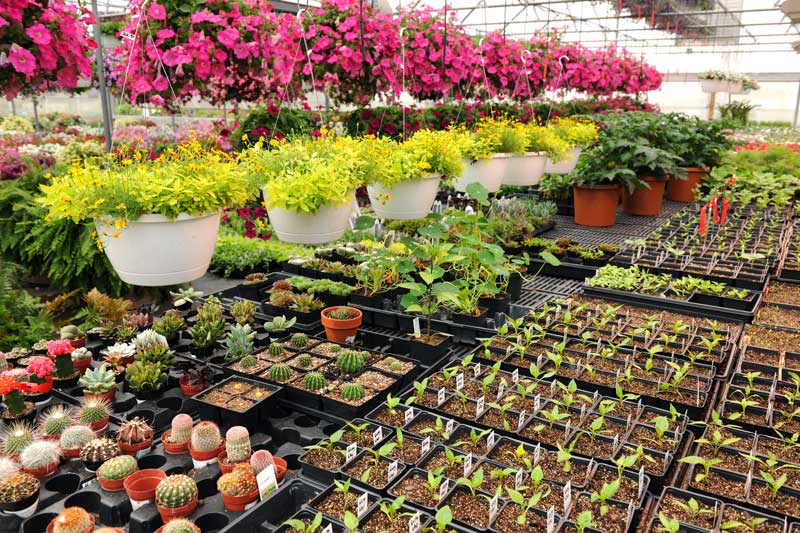Mountain Gardening!
If you have a home garden you may have noticed that our beautiful mountain living presents a few unique challenges when it comes to growing plants outdoors.
June Gloom
With warmer days and reduced frost risk, June is the month when most gardeners start planting. After careful planning, prepping beds with new soil or compost, selecting the healthiest looking plants from the nursery, and lovingly planting in the garden, many gardeners are dismayed to see their plants struggle to survive the first few weeks in their new home. While the weather outside is delightful, the poor plants are looking and feeling frightful! Sad plants with drooping, curling, browning leaves are enough to make any gardener gloomy.





Harden Off!
Much of the distress is caused by the drastic change in environment that the plants undergo moving from nursery to garden. The nurseries are often temperature controlled at night, and maybe cooled during the day by fans or shadecloth, and probably protected from the wind. Going from a controlled environment to being exposed to greater temperature swings, more intense sunlight, and stronger winds can cause transplant stress. The good news is much of this stress can be alleviated. Here are a few ideas:
1. Don’t plant the same day you buy.
Harden off the plants for a day or two by keeping them in a partly sunny area protected from the wind, bringing them inside if the nights are too cold. Try leaving them where you’ll plant them to be sure they can cope with the conditions. Do they need more protection from sun or wind in the proposed location? Planting causes stress, and letting them get used to the environment before adding more stress will help them bounce back faster.
2. Water right:
Water twice. Our Twin Buttes Farm Director, Jesse Smith, seeds, grows, and plants thousands of plants each growing season. His advice for watering is to water well, wait a few minutes, then water again. You will notice that the ground or pot can absorb even more water the second time around. This ensures the water is reaching deep enough into the roots of the plants, promoting a deep, healthy root structure as opposed to a weak, shallow one.
Keep the leaves dry. Some plants, like tomatoes, hate getting their leaves wet. It can lead to and help promote the spread of foliage diseases, like blight. But even plants that are fine with wet leaves can experience leaf burn from water spots on a sunny day. As a best practice, try to water only the base of the plants to avoid drenching the leaves.
Irrigate. If you are not able to water often enough, irrigation set on a timer can be a life saver! Once the danger of frost has passed, overhead or drip irrigation can be installed on a timer to automatically water your plants for you. Just remember to increase frequency or duration on very hot, dry, or windy days.
Successful, low-stress gardening is possible, even in challenging mountain climates. If you have questions, tips or tricks to share with your fellow neighbors, please let us know!
Happy Growing!
Samantha,
Twin Buttes Farmer & Farm Photographer
[email protected]



